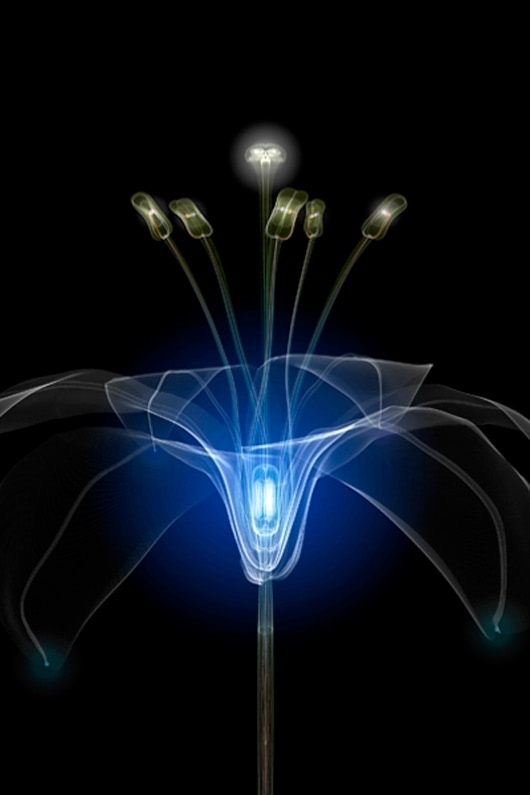
By highlighting the geometric and mechanical structure of flowers, computer graphics illustrator Macoto Murayama produced these beautiful renderings. These flowers must not be seen as "just a simulation of old nature"; they are constructional studies, made to inspire (who wouldn't want to live in a flower-tower?!).
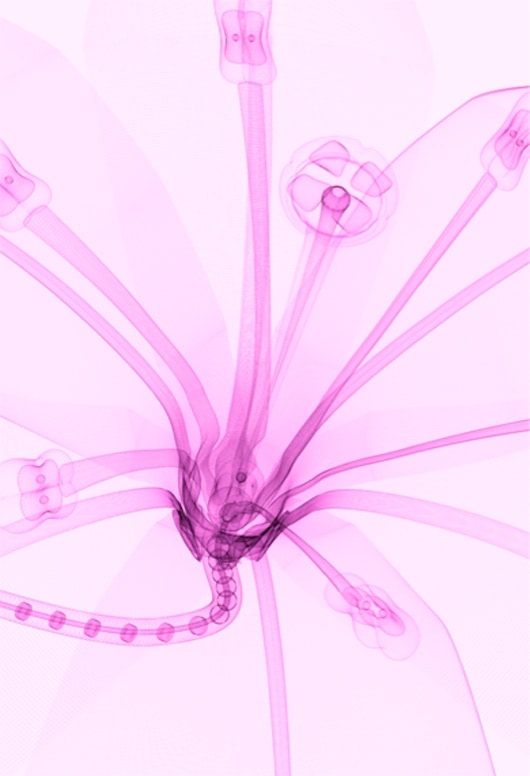
Check out Murayama's other awesome CG's:
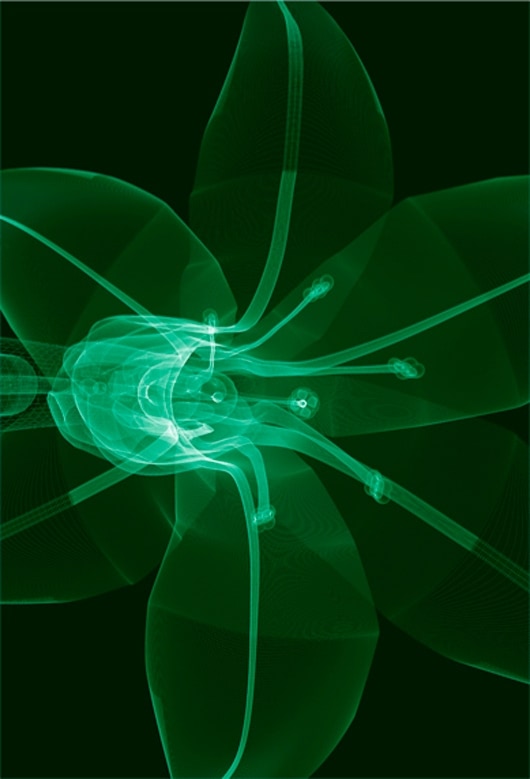
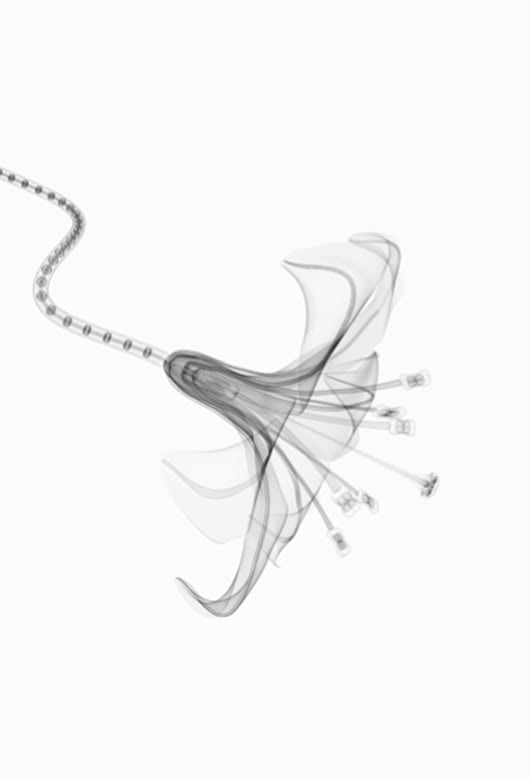
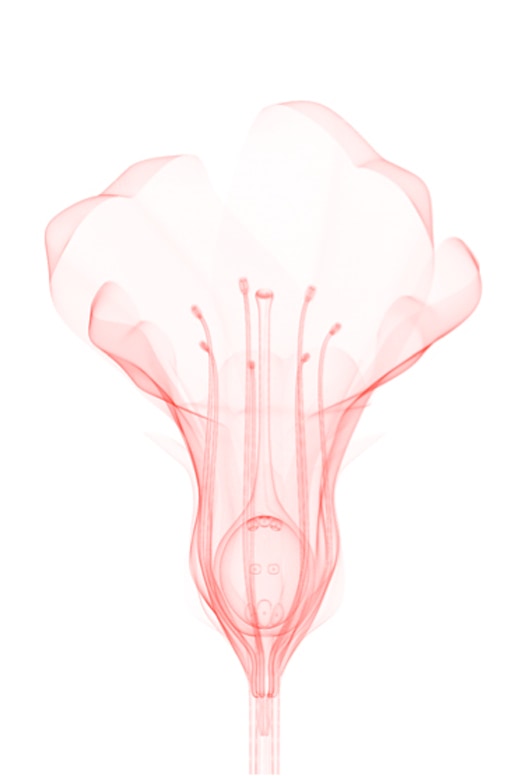
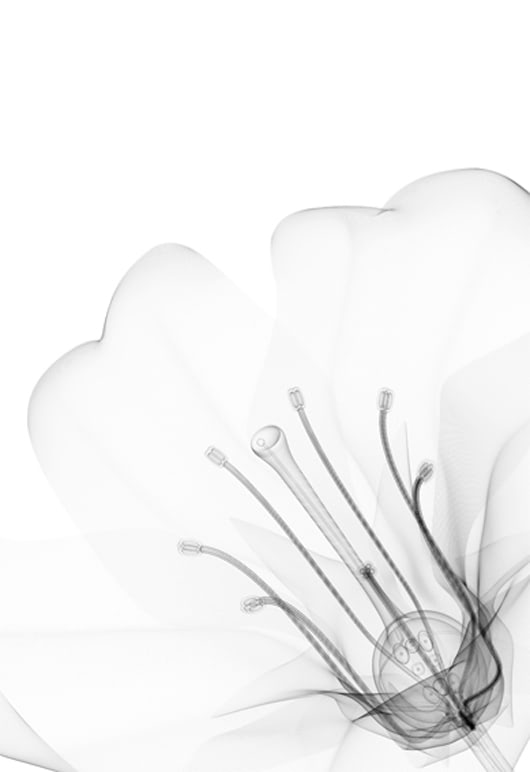
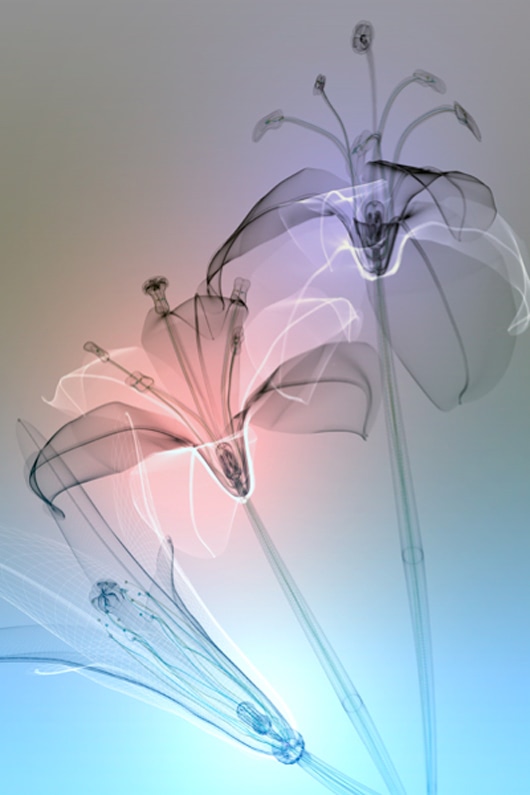
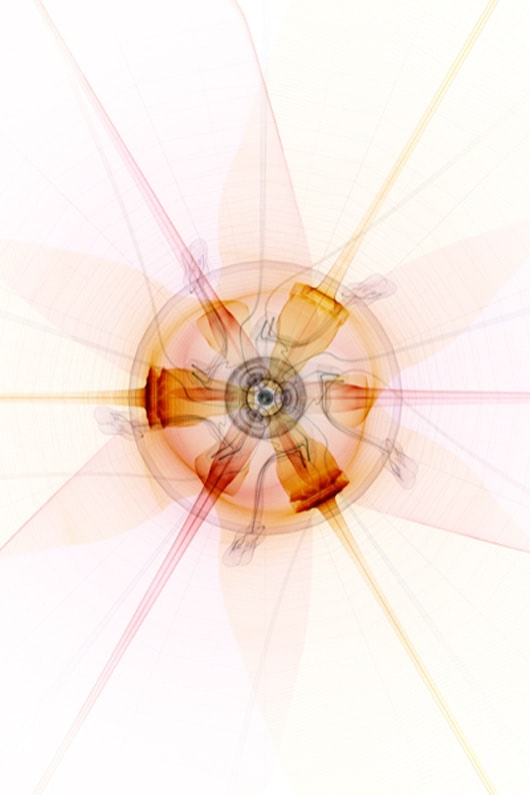
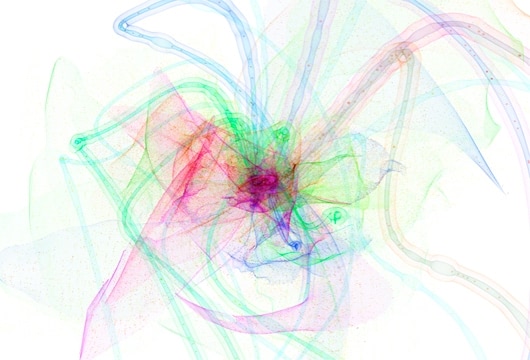
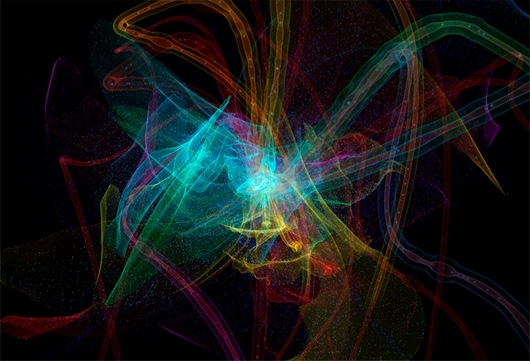
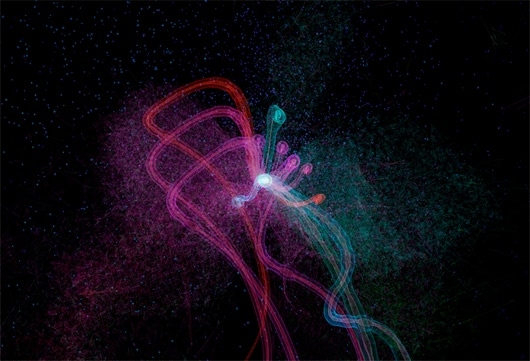
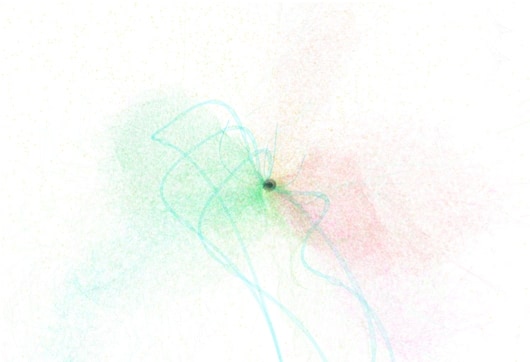
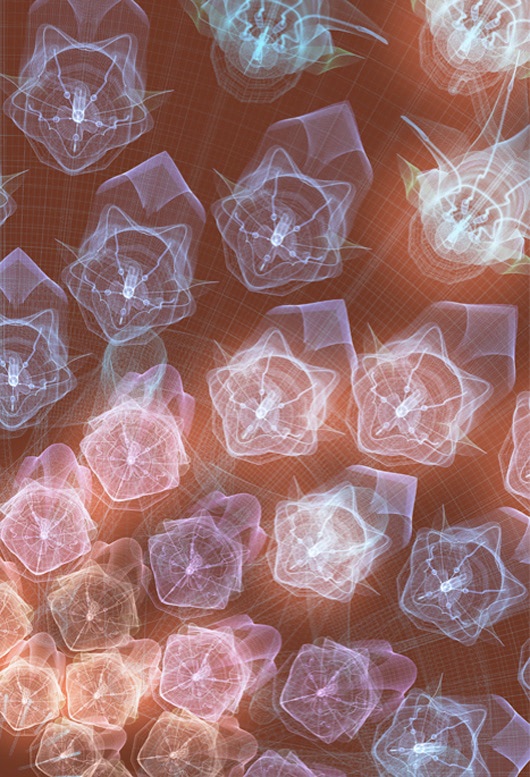
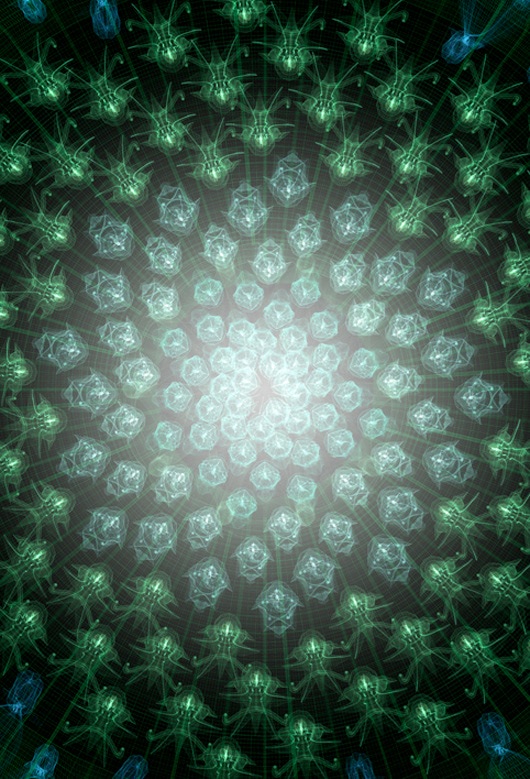
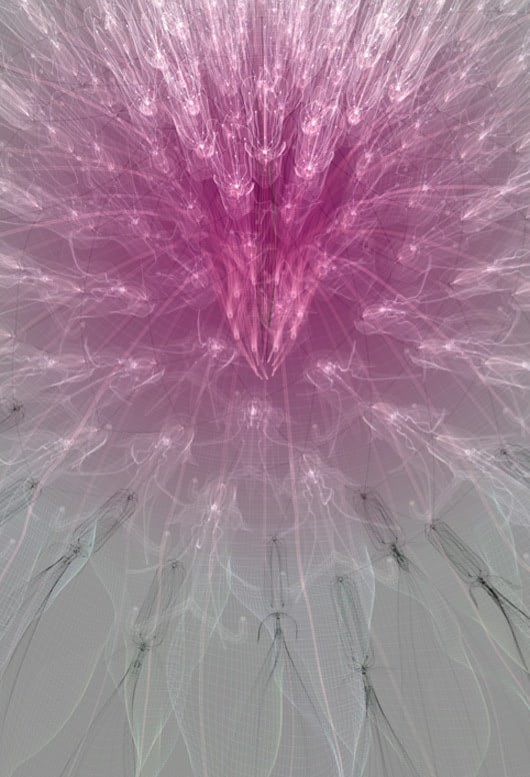
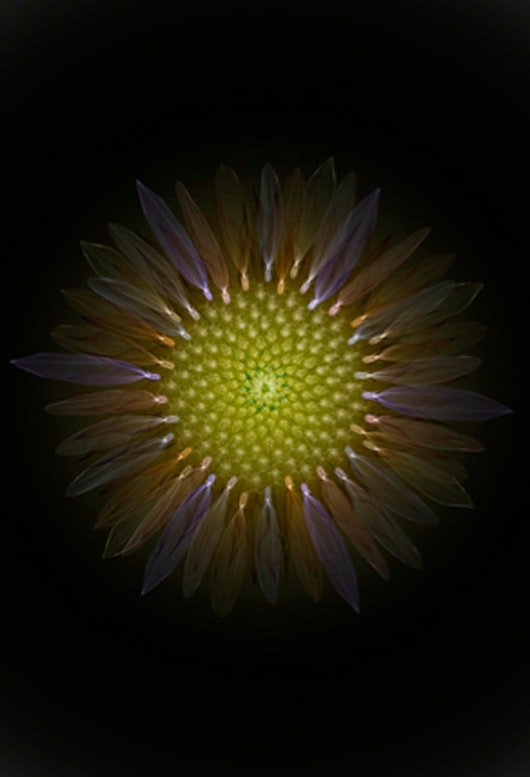
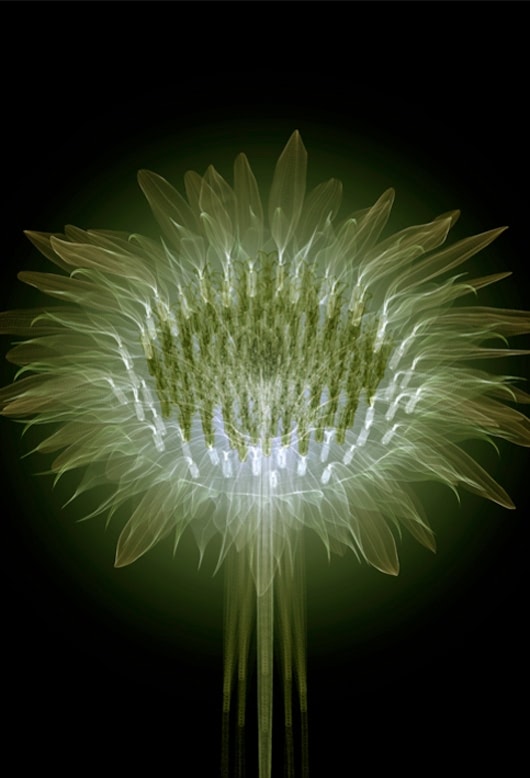
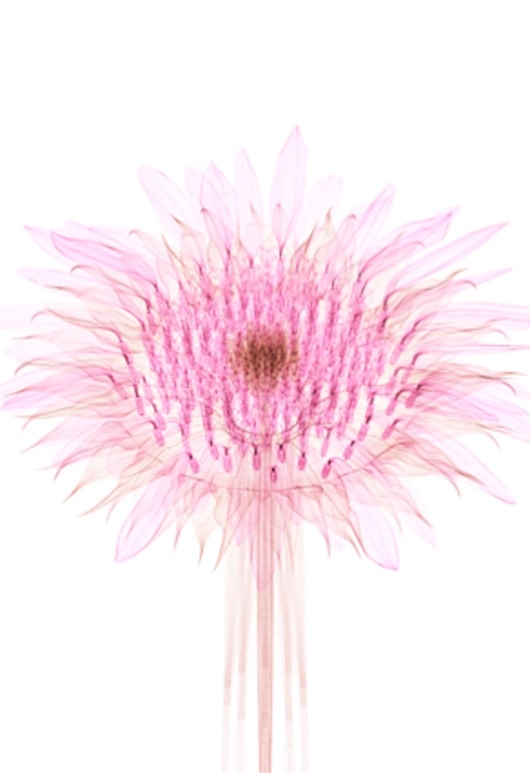
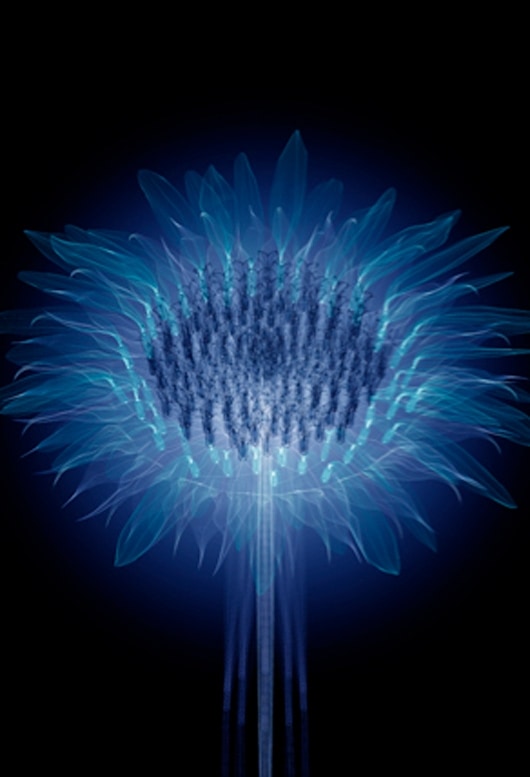
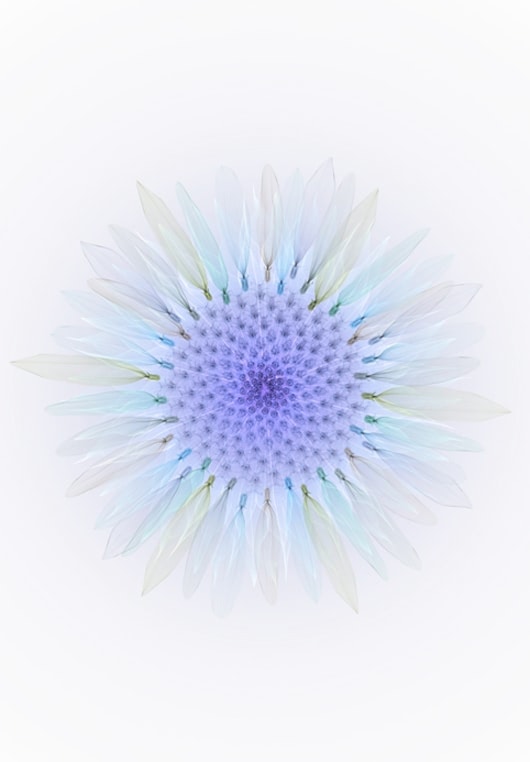
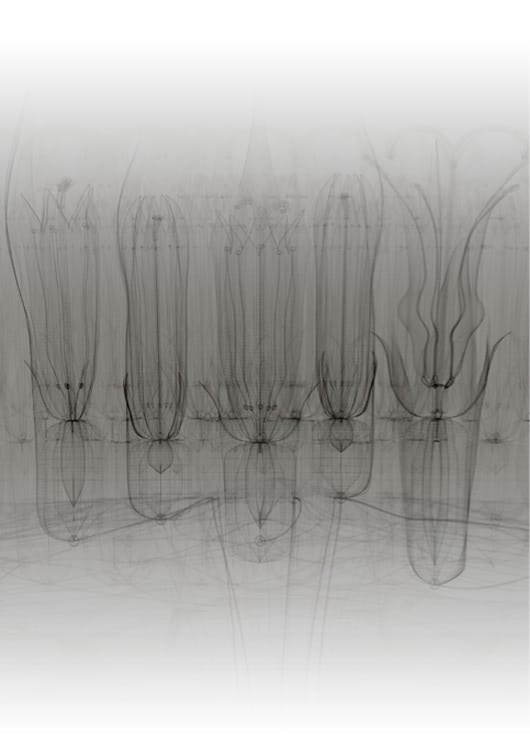
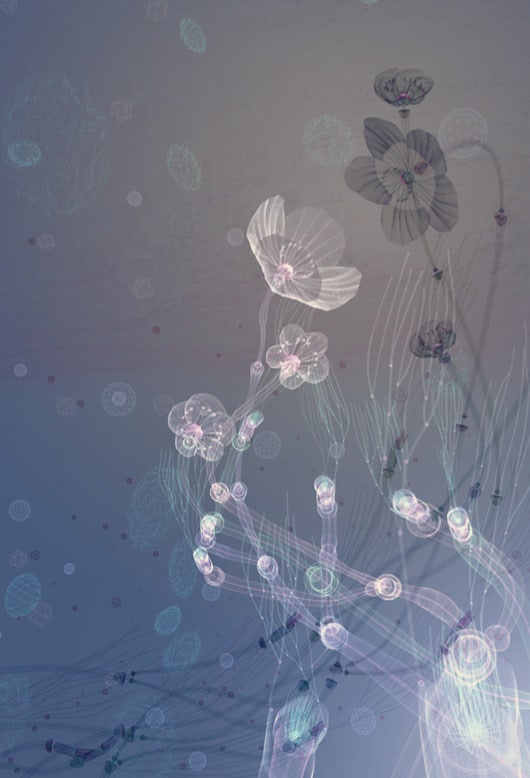
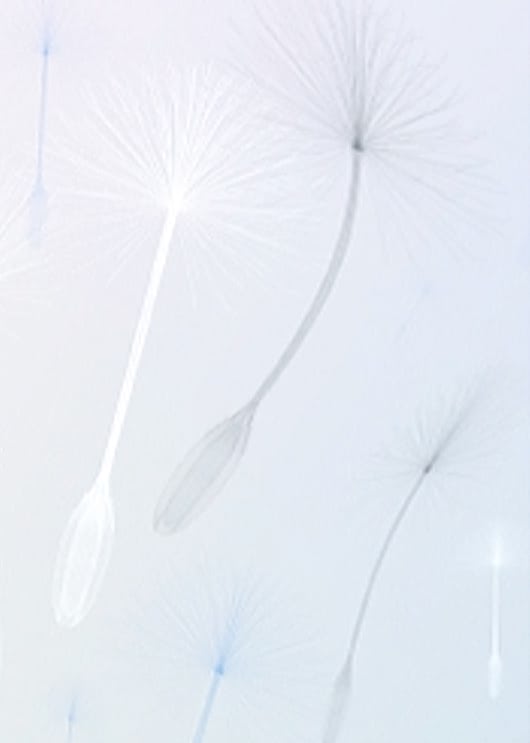

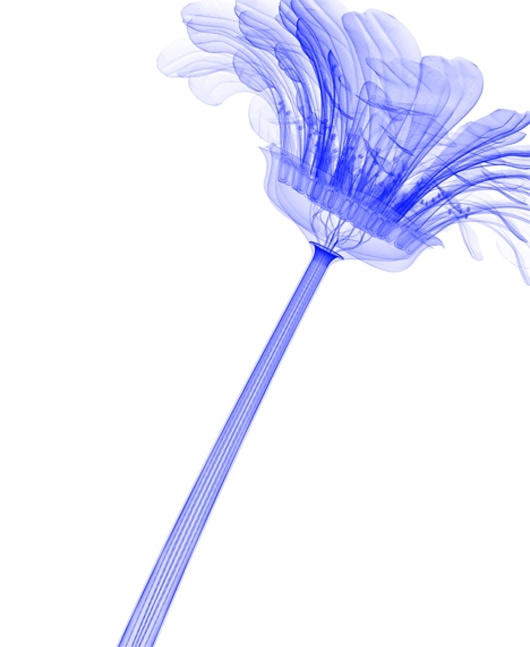
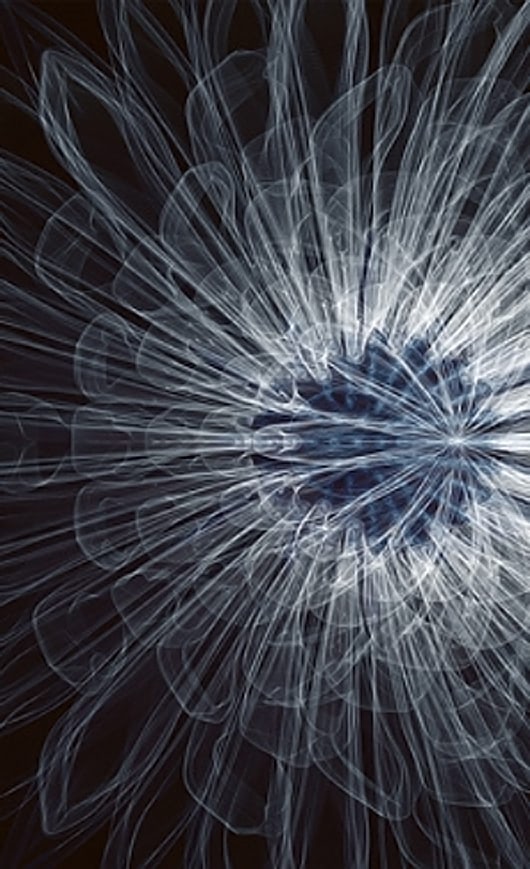
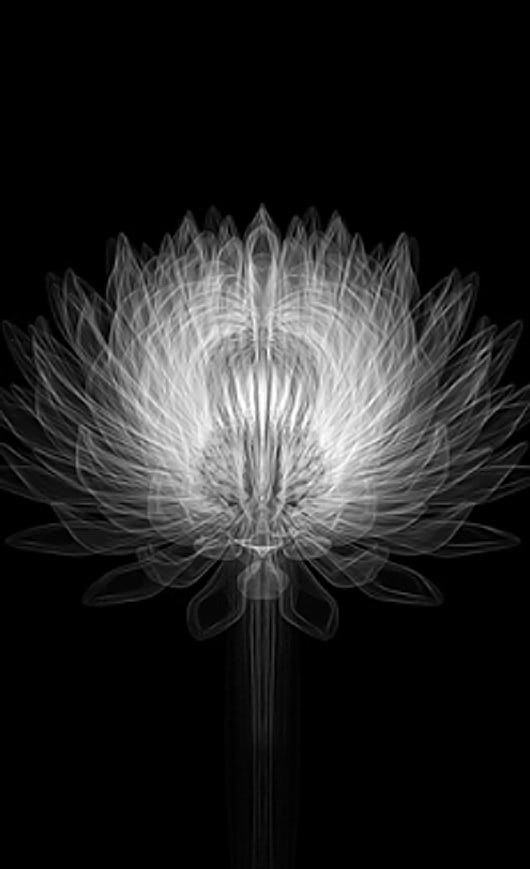
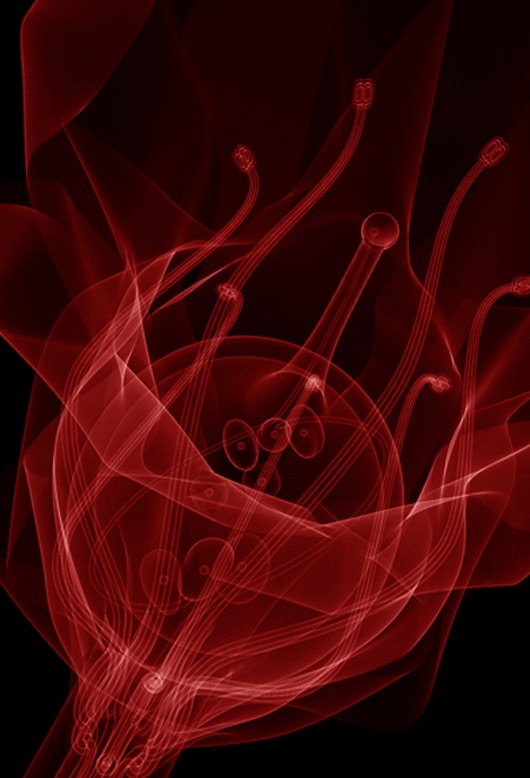
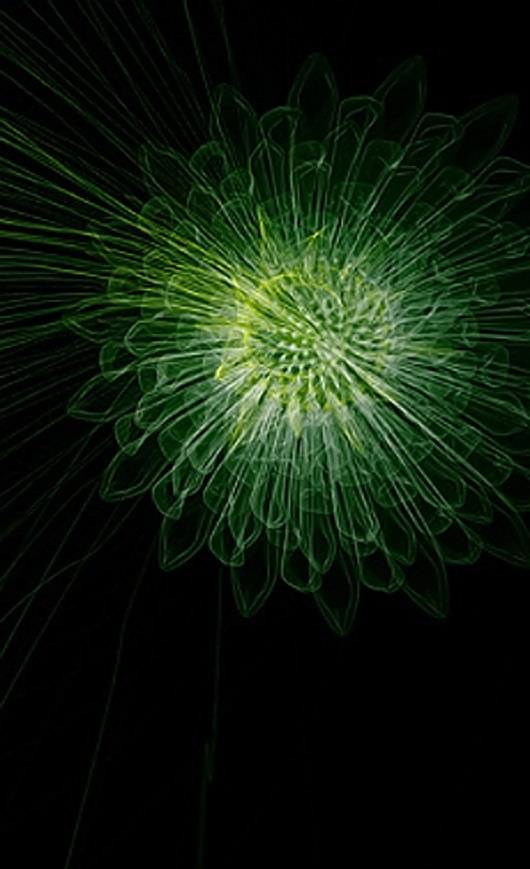
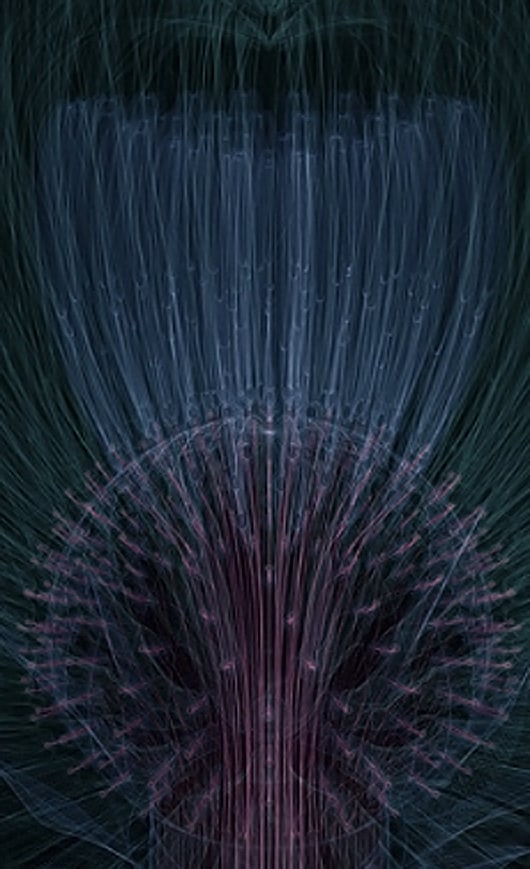
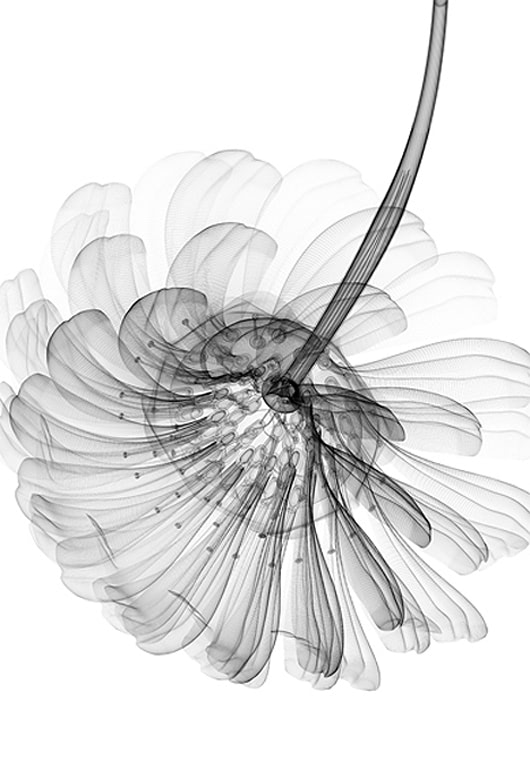
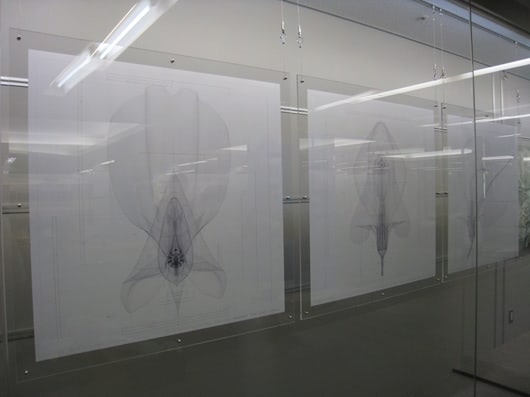
via: pinktentacle.com | Related: Would you like a Bouquet of Nanoflowers? | Lilium Urbanus | Learning to build Superman's house | Observing Next Nature | Sunflower Satellite Dish | Bone Chair | Growing a hidden Architecture

Arnoud van den Heuvel
Thanks for commenting. This post may not be the best example of next nature, but I felt that it needed to be here to be able to refer to when discussing topics like biomimicking and dynamic architecture. Almost a bummer the renderings look like flowers. This resemblance to old nature would indeed be a poor choice to post them. No really; how would it be to live in a building that uses the elasticity concept of stalks? Or the folding capacity of petals? (also check the related articles) How would it be when a house had roots that could take care of the water supply as well in an organical sense? Rhetoric questions obviously, but I mean; there could be more to a house than bricks, wood and metal for a geometric experience... Made to inspire.
Posted on
Koert van Mensvoort
I agree this post is off-topic (or at least on the far border of the topic). As these are beautiful pictures, it is tempting to blog them however, when thinking of the story they convey one realizes this is rather classical: visualizing old nature as a mathematical system. Of course that is a story we have heard for centuries already. - From a next nature perspective, I would be more interested in the opposite: how mathematical systems can become nature. - Yet one could also argue that when talking about the 'nature caused by people' it is interesting to see how people visualize nature, yet I do feel these flowers fall in the category 'plastic flowers'. I did like Arnouds remark on how these images are 'construction studies' that could inspire to architects, however myself I would not want to live in a giant plastic flower. Too illustrative. Next nature doesn't look like old nature, it is more about the transferring of the pragmatic functioning of nature into new domains.
Posted on
AJ Farkas
Is this really nextnature? I mean, x-rays of flowers look exactly the same. I could even print them on color paper to mimic the exact look here- or rather, Murayama has mimicked the look of an analog x-ray print. I doubt the possibility of any digital imaging (DI) to be nextnature, as any 2D art made on a computer (including 3D renderings which are displayed on a 2D screen) can be made using analog processes- from photo prints to holography. Maybe there should be an article about the Pencil of Nature.
Posted on